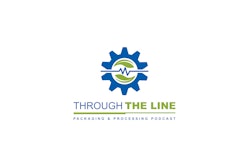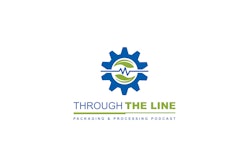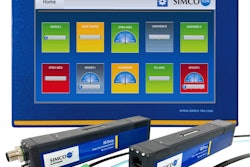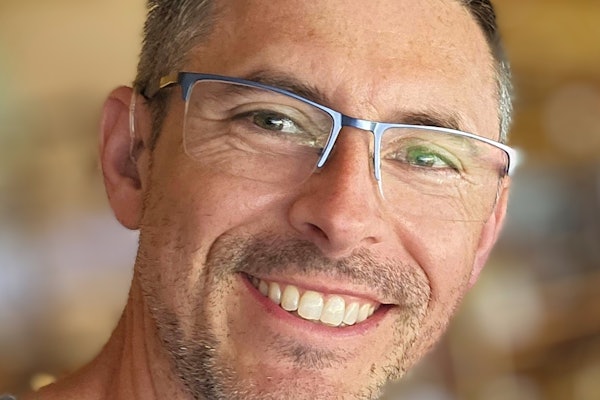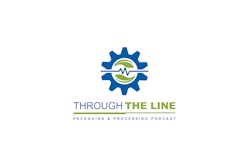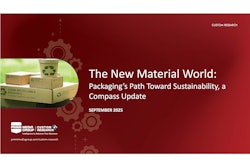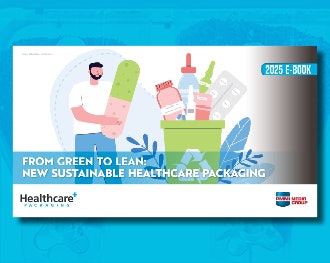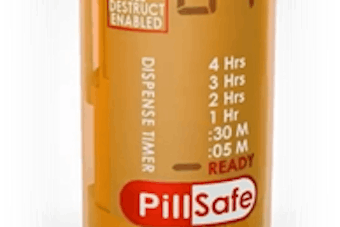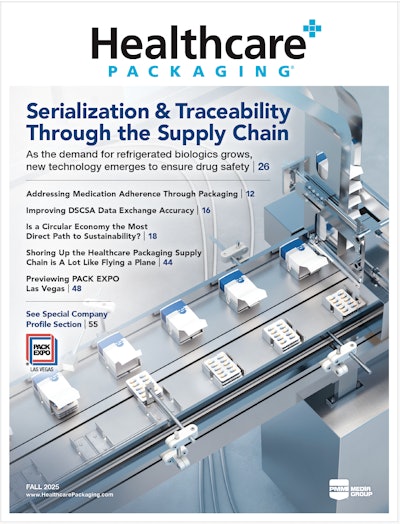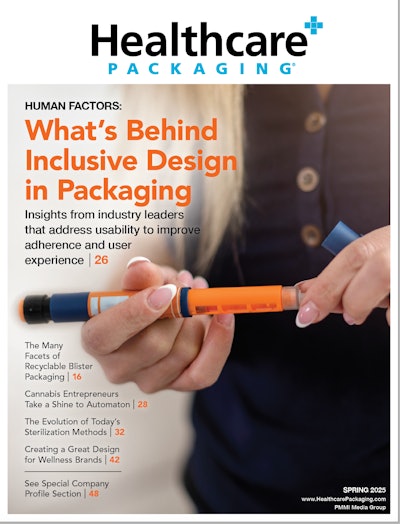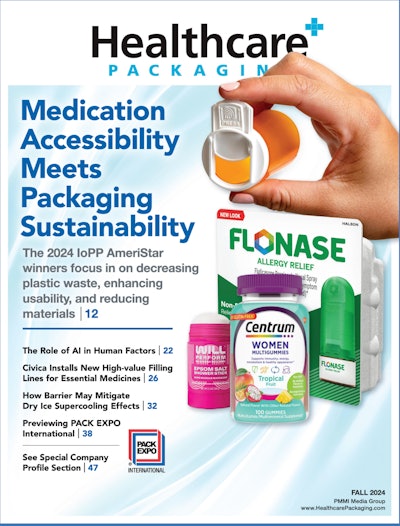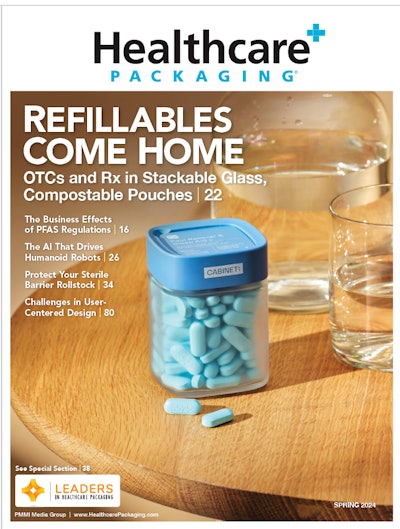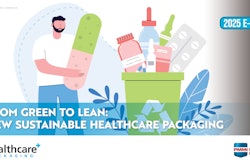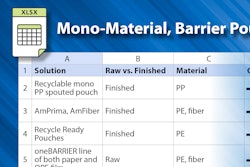Matt Jenkins is a Principal Packaging Engineer at Stryker, a global leader in medical technologies that offers innovative products and services in MedSurg, Neurotechnology, and Orthopedics to help improve patient and healthcare outcomes. We met at thePACKout conference earlier this year in California. He gave a great presentation there, so I asked him for a follow-up interview to talk about the state of the industry and what's on his mind.
HCP: Hi Matt. Could you introduce yourself and tell us about your role at Stryker?
Jenkins: The focus of my job is to provide technical oversight related to packaging design work for the Stryker Joint Replacement Sustaining Packaging team. I assist by providing education and mentorship to the packaging design team, focusing on advancing projects and programs through the sustaining process. My biggest drive in my job is encouraging the technical growth in the engineers on the team.
HCP: Did you always want to work in med device or packaging in general?
Jenkins: Originally, this was not part of my life path as I wanted to work in microbiology, specifically contributing to the basic research sector. After working in the basic research sector in several internships, I realized that basic science was not a good fit for me at the time. Over a conversation with a friend who had already been working in the packaging industry, I had learned about the different opportunities that were available in the packaging field, and I was inspired to shift my focus to be involved in the healthcare industry. This decision has led me to this moment today.
HCP: Is your specialty in sterile packaging design?
Jenkins: Yes, much of my experience is with sterile package design along with extensive practice in the packaging process development and validation areas.
HCP: What do you think are the current challenges in med device packaging?
Jenkins: There are several challenges I would like to touch on. Expansion of the environmental and sustainability regulations continues to be a significant challenge for med device packaging, due to the different types of requirements and expectations from each country or region. The number of packaging engineers remain small in the med device packaging compared to cosmetic and consumer goods packaging industries; however, the same regulations are equally being passed onto all industries with different types of carbon footprints.
- The challenge for med device companies is that we only contribute roughly 1% of the packaging waste to society, yet we ensure that the lifesaving or life-changing devices are provided safely without failure.
- It is important to highlight that the med device industry is an institutional user, which differ from consumer and industrial users. We need to educate our external partners and end-users to focus on how the cradle-to-cradle lifecycle can be successfully applied on a partnership between clinicians and med device manufacturers, including the ability to do business to business recycling where specialized carriers can transport packaging waste to certain material manufacturers or material converters.
- In addition, the general public has an obscure understanding of that there are few materials that can survive the sterilization stresses, without the ability to fail sterile integrity. Even if new materials were established to be excellent candidates for sterilization and distribution stresses, there is the additional layer of regulatory scrutiny that provide hesitancy to accept new materials and new sterilization modalities, which unfortunately adds an additional layer to accept changes.
Then there’s AI (Artificial Intelligence) and IoT (Internet of Things) - Exciting things are happening and this is where medical device packaging can be innovative to utilize tools that can improve the data output and data sorting in the designs and manufacturing processes. Unfortunately, this requires deep work (see side bar) to understand the principle of the different tools to be able to create the story that inspires our fellow engineers and functional partners to put in the work to build out the AI and IOT infrastructures. This is an area where med device companies need to partner with each other and with the Institutional users to receive the necessary return on investment (ROI) from the efforts. From several conversations in the past, I am encouraged that the healthcare systems and med device companies can work together to create guidelines to establish the minimum critical data points in order to provide within the overall healthcare system and industries.
HCP: Looking back at your career, what have you seen change the most?
Jenkins: There is a famous saying, “There are decades where nothing happens; and there are weeks where decades happen.” I will say that in the past five years has been monumental in societal and industrial landscapes, in terms of technological advances in equipment and applications, environmental expectations, and regulatory changes. We have seen material shortages, labor shortages, consolidation of supplier bases, and societal changes, that has directly affected packaging in general. What I have learned is that we can’t take our work for granted as there will always be changes around the corner. We must be innovative and proactiveto keep up with the changes, which require institutional and industrial partnerships across the board.
HCP: Where do you think the medial device packaging industry is headed?
The medical device packaging industry will undergo critical changes due to the environment and data utilization that are currently being implemented by the larger industries, specifically the food industry, that will cascade over to us. Due to the exciting changes, we will be able to leverage the groundwork and see a stronger partnership between the institutions (clinics, hospitals, outpatient), raw material manufacturers, converters, and medical device companies to build better closed-loop systems and cradle to cradle lifecycles.
All comments are written in Matt Jenkins’ personal capacity and his views do not represent the views of Stryker.




